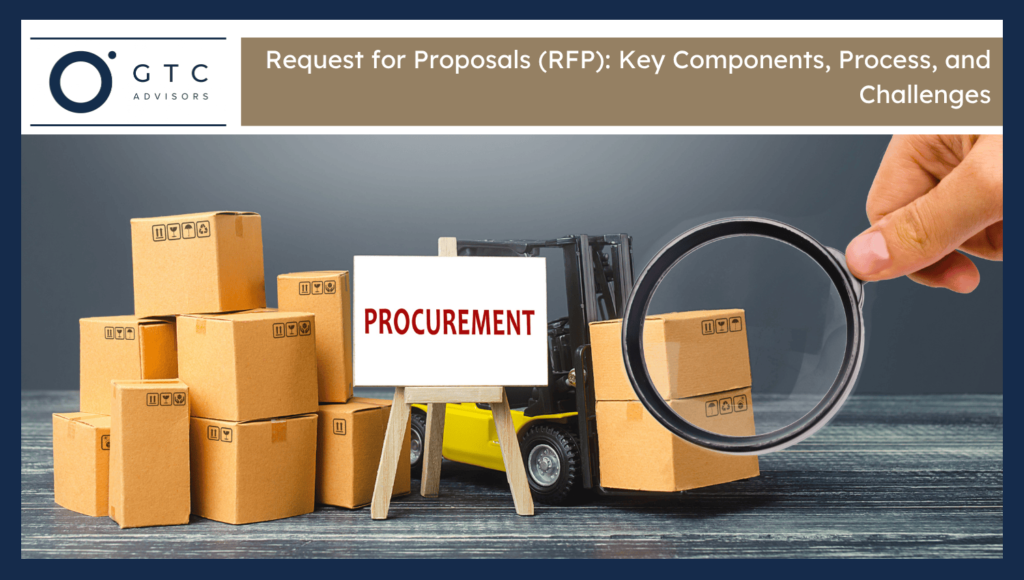RFP stands for Request for Proposal. It is an official document utilised in procurement. Government agencies can use it to demand detailed proposals from potential suppliers. The objective is to collect bids on complicated projects. RFPs are useful in making comparisons of technical solutions, pricing, and schedules. They are applied in cases when the reasoning is not well-defined. This approach promotes competition and creativity. It is not the same as RFQ or tendering. RFQs are concerned with known items when it comes to price. Tenders are requests for firm bids on specific requirements. The RFPs make it flexible. They assist in making decisions that are not only cost-based. It helps make informed decisions in complicated situations.
What are the Key Components of an RFP Document?
The following are the five essential components included in a Request for Proposal (RFP) document to ensure clarity:
- Project Overview: Gives a clear overview of the project. It describes the objectives, the background, and the problem to be solved. Defines the background for the proposal.
- Scope & Deliverables: Specifies the particular work, services, or products that are to be expected. It contains timelines, milestones and output expectations. It also assists the vendors in fully realising the project responsibilities.
- Evaluation Criteria: It provides a list of proposal selection criteria. It can involve cost, experience, technical methodology, and the schedule. It makes everything transparent and provides an objective comparison.
- Submission Guidelines: It gives guidelines on how and when proposals are to be delivered. It includes formatting guidelines, document checklists and contact details and encourages identical and full submissions.
- Legal & Compliance Terms: Describes all those regulations, contractual requirements, and policy requirements. It covers liability, conflict of interest, dispute resolution and confidentiality. It also secures the buyer and the vendor.
What Are the Steps in the RFP Procurement Process?
Below are the eight steps that outline the complete RFP procurement process from planning to contract finalisation:
- Needs Assessment: The organisation determines certain project requirements, goals, budgetary limits, and performance expectations. It provides the background to the RFP document and makes the procurement objectives clear.
- RFP Drafting: An effective RFP is prepared. It defines the project scope, deliverables, time frames, technical requirements, contract conditions and terms, and the process of reviewing the next level.
- RFP Release: There is an official publication of the RFP using government portals or the company portals, newspapers, or direct invitations to interested bid vendors.
- Vendor Q&A: There is an opportunity to answer questions raised by potential bidders. Public clarifications are made to provide equal information to all vendors.
- Proposal Submission: Vendors make official proposals before the deadline. All proposals are to be prepared according to the specified format and contain all the documentation, and to be eligible.
- Proposal Evaluation: The price, quality, experience, and compliance scoring matrix is applied when reviewing the proposals. The bids that are the most responsive and responsible are progressed.
- Negotiation Phase: There can be negotiations with leading vendors to understand the terms, price issues or terms on the deliverables before picking the contractor.
- Contract Award: The contract is given to the vendor who has the best qualifications. The deal is signed, the schedules are agreed upon, and the procurement process is officially finalised.
How Are RFPs Evaluated?
Here are the six steps that ensure fairness and transparency in RFP evaluation:
Technical vs. Financial Scoring
The proposals are reviewed in two sessions, including technical and financial. The quality of the solution is determined by the technical scores. Financials are cost-effective metrics. The final ranking is done by combining the two scores.
Defined Weighting Criteria
Evaluation characteristics have fixed weights. As an example, 60% on technical and 40% financial. This guarantees that the most important factors have a greater effect when the final decision is made.
Evaluation Committees
All the proposals are reviewed by a committee. It consists of technical specialists, procurement specialists and legal advisors. This prevents bias and presents a variety of opinions in the decision.
Shortlisting & Vendor Interviews
Vendors who achieve top scores are short-listed. They can be invited to interviews or to a demonstration of products. This step involves clarifying the proposals and assessing vendors’ capabilities face-to-face.
Scoring Matrix or Rubric Use
The grade of each proposal is determined using a scoring rubric. It gives levels of performance and their points. It guarantees consistent assessment and minimises individual assessment.
Consensus or Independent Review
Reviewers can then score individually first. Then they come to negotiate the scores and finally settle on a score. This method adds value to fairness and transparency in selection.
What are the Common Challenges with RFPs?
The following are the most common challenges with REPs:
- Poorly defined scope usually leads to confusion. Vendors can misunderstand the requirements of the projects, resulting in poorly structured or ill-fitted proposals.
- Use of vague evaluation criteria leads to inconsistent scoring. The lack of rules results in the violation of fairness and transparency.
- When RFPs are complex or the deadline is too tight, there is a low vendor response rate. This decreases competition and restricts choice.
- The issue of bias in scoring or selection pulls down credibility. When they shape decisions, they can produce unjust results and conflicts.

George C. Tagg, Jr.
George serves as a trusted counsel to business leaders, non-profit executives, and management teams. George is a licensed attorney with a master’s in international affairs and over 20 years’ experience in the U.S. Congress, Department of State, Department of Defense, global public policy, and political campaigns.


